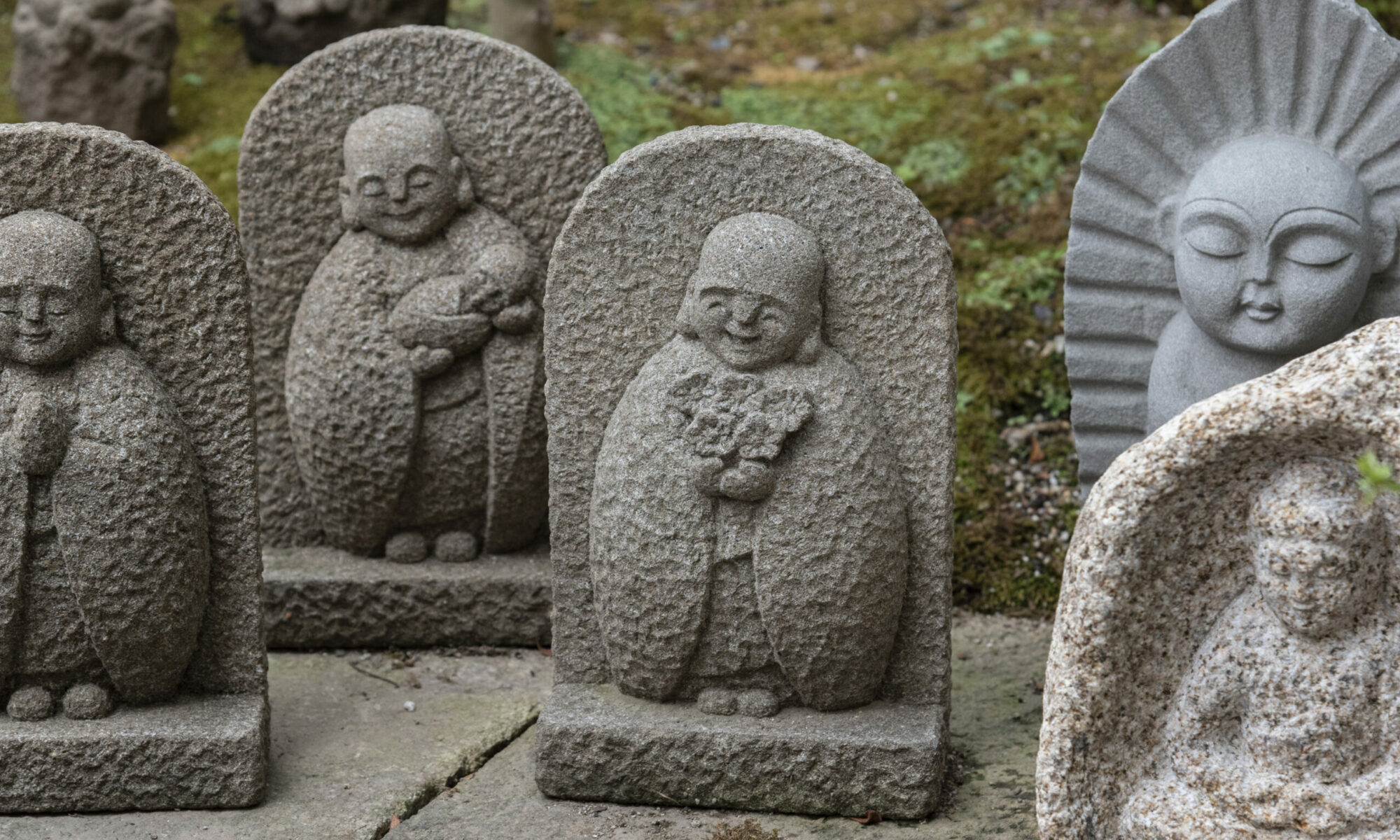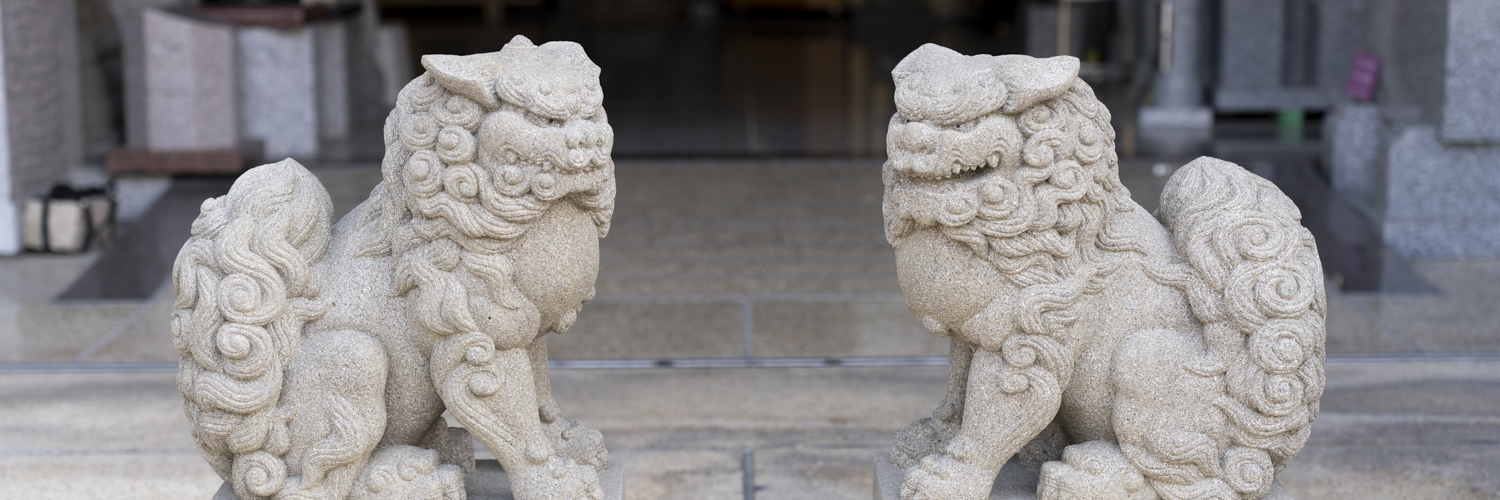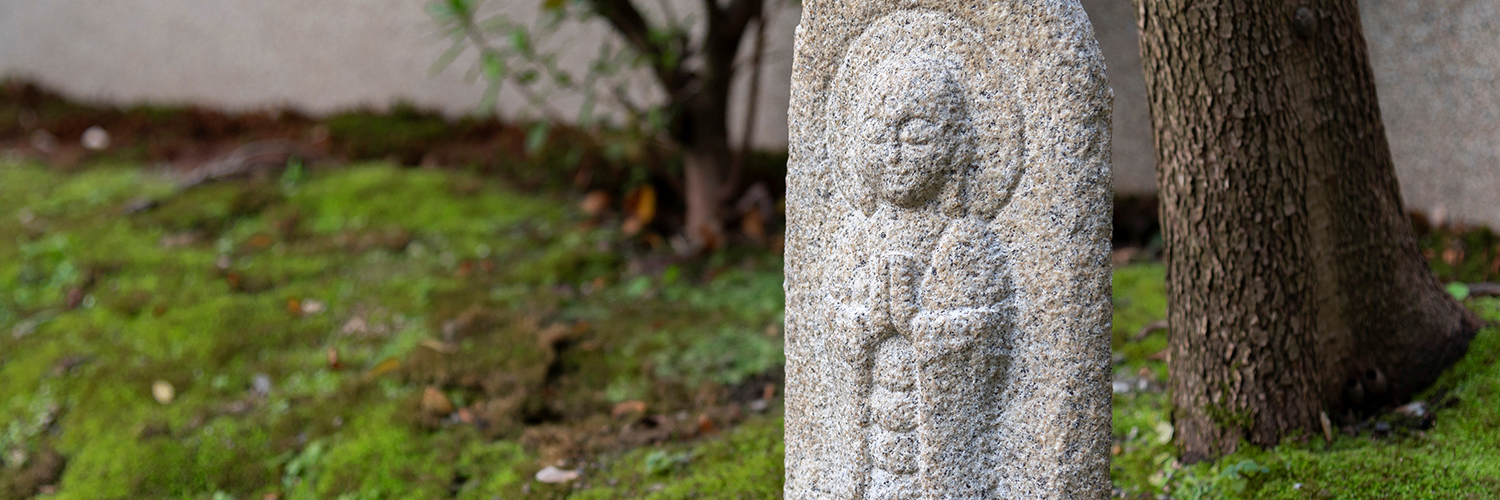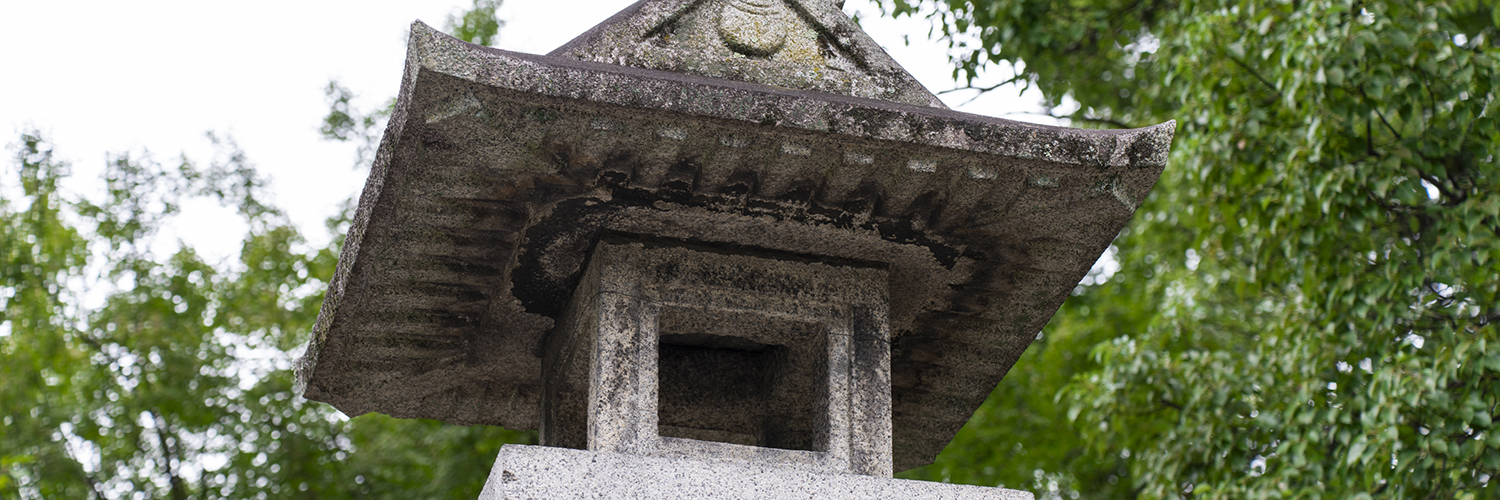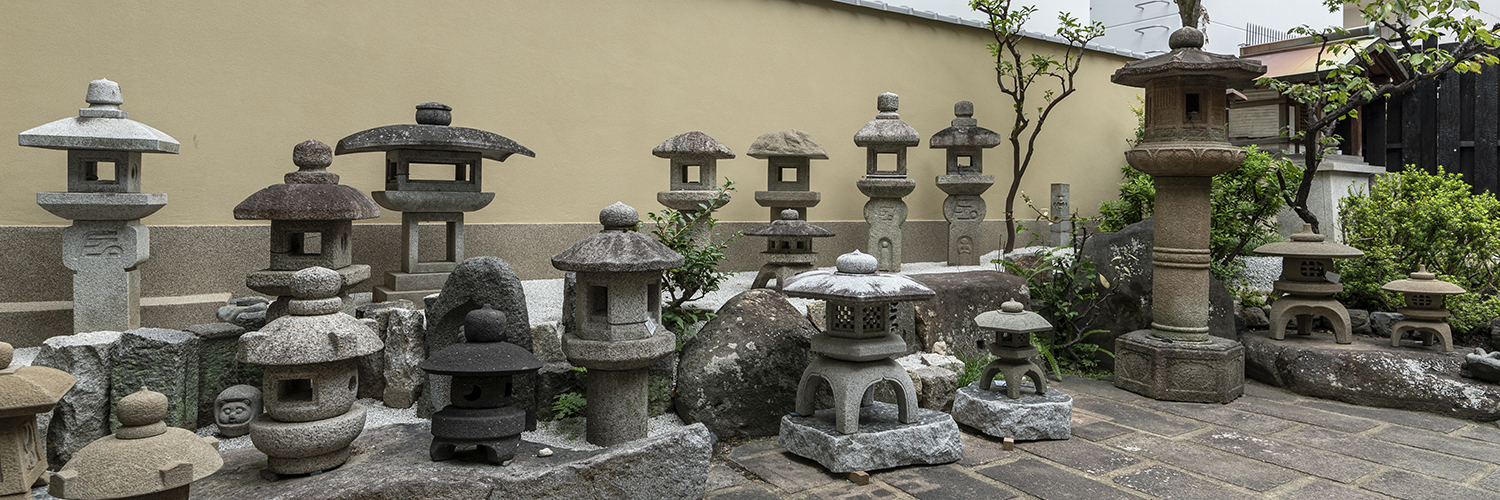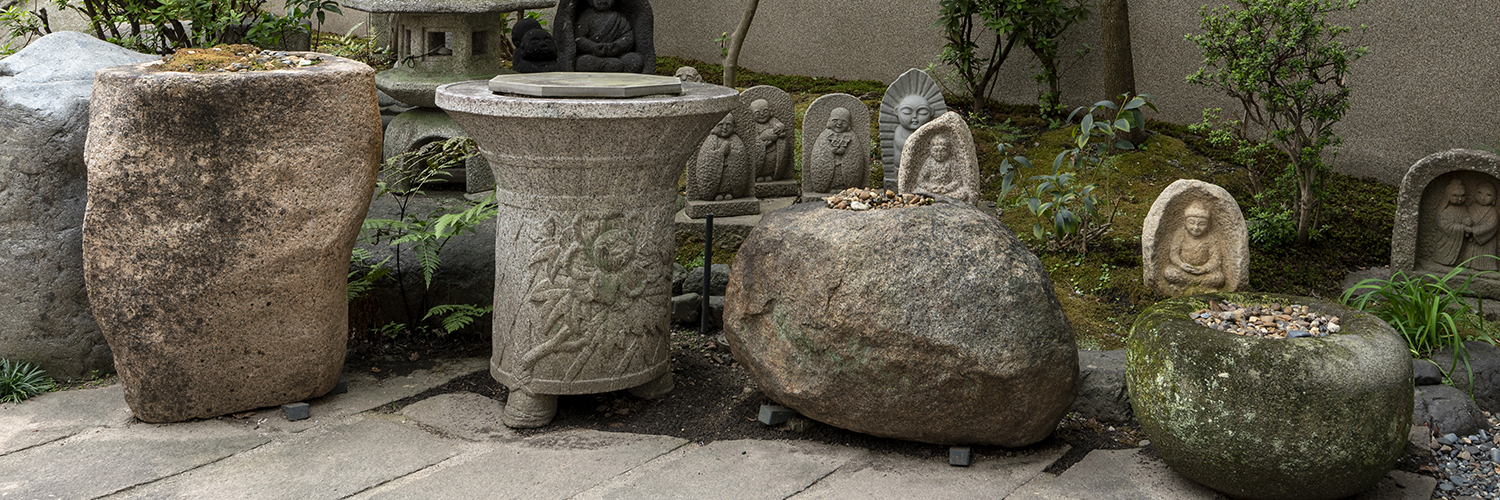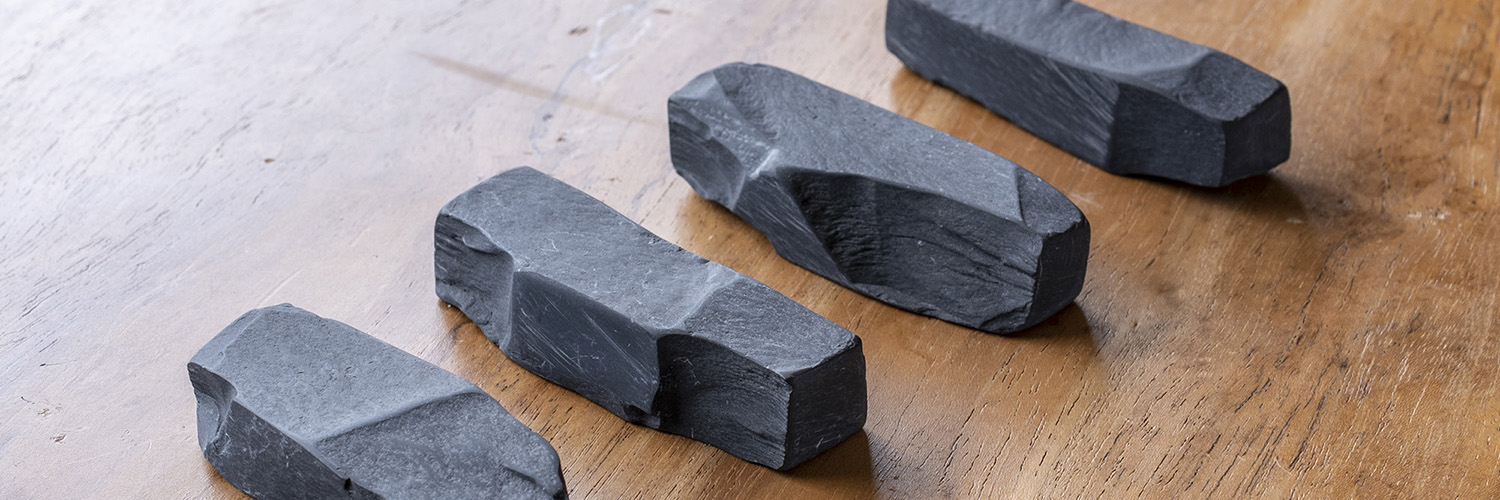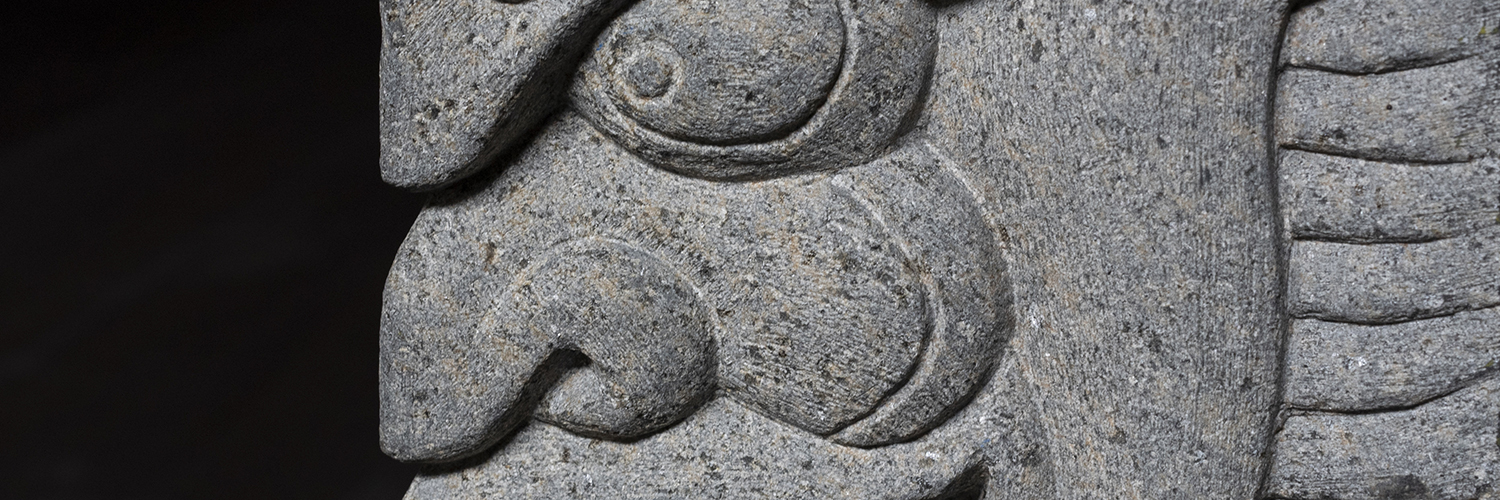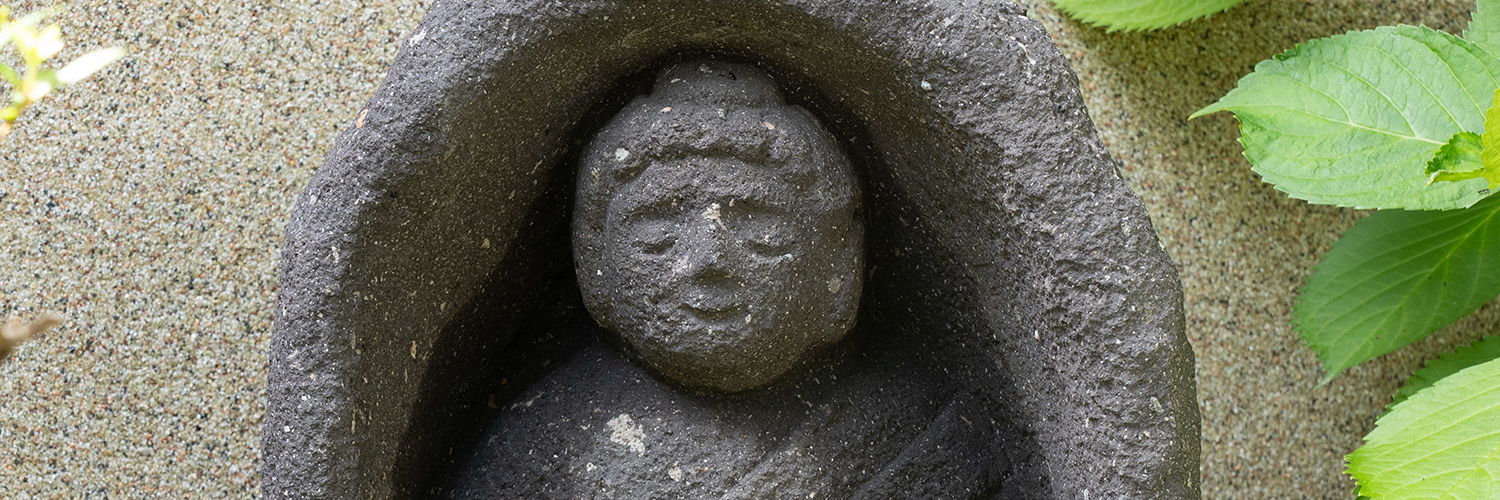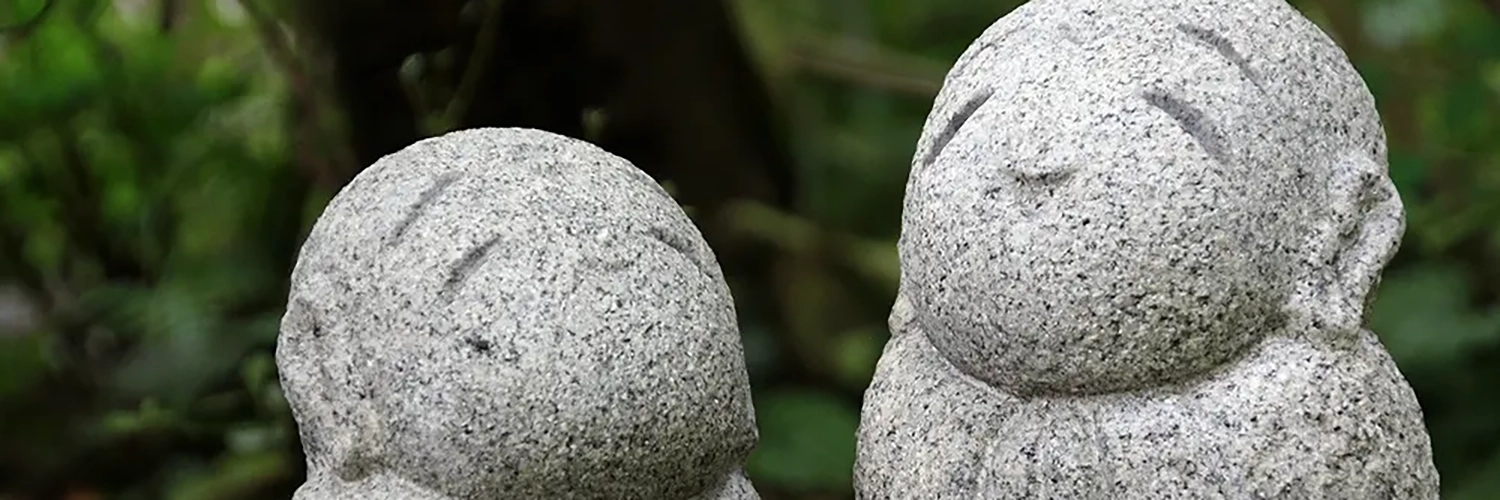In Japanese tradition, the northeast direction (Ushitora, or Ox and Tiger) is considered unlucky. It’s believed that demons, or evil spirits, enter and exit from this direction, making it an inauspicious one. The opposite direction, southwest (Hitsujisaru, or Sheep and Monkey), is also considered problematic and is called the ura-kimon. While often thought of as simply bringing bad luck, the northeast direction is actually believed to be a powerful force for change—for better or worse. Addressing this direction properly is said to bring unexpected positive results.
“Prayers for Peace: A Cornerstone Against Evil” の続きを読むHistory of Komainu
Komainu (狛犬), often referred to as lion-dogs in English, are paired statues of lion-like creatures traditionally placed at the entrances of shrines to serve as protectors. In today’s blog, we’ll explore the rich history and cultural significance of these majestic guardians.
“History of Komainu” の続きを読むThe Cultural and Religious Significance of Jizo Statues
In today’s blog, we’re diving deep into one of Japan’s most beloved and culturally significant figures: the Jizo statue. These humble, yet powerful figures have been a part of Japanese spiritual life for centuries, representing a unique blend of religious symbolism, cultural heritage, and even personal devotion. Let’s explore the layers of meaning and significance behind Jizo statues, and uncover some fascinating details that may surprise you.
“The Cultural and Religious Significance of Jizo Statues” の続きを読むThe History and Evolution of Stone Lanterns
Stone lanterns are an essential feature in Japanese gardens and temples, and their beauty and elegance are loved by many people. In today`s blog, we will explore the origins of stone lanterns and their evolution throughout history, uncovering the story behind their everlasting appeal. By understanding the culture and history behind lanterns, we can deepen our appreciation for them.
“The History and Evolution of Stone Lanterns” の続きを読むThe Diversity of Stone Lanterns
Stone lanterns are widely admired in Japanese gardens for their special beauty and charm. There are various designs, such as tall pedestal lanterns and small portable lanterns, each serving a unique purpose.
In today`s blog, we will explore the different types and characteristics of stone lanterns to uncover their fascinating beauty.
Creating a Tranquil Japanese Atmosphere: Tsukubai
Japanese tea ceremony culture is rich in traditions that emphasize formality and etiquette. Among its essential elements is the ‘tsukubai.’ In today’s blog, we will explore the wonder and variety of tsukubai, which will deepen your appreciation for Japanese culture through its many forms.
“Creating a Tranquil Japanese Atmosphere: Tsukubai” の続きを読むThe Jet Black Nachiguro Stone [Exploring the Charm of Stone]
ISHIMO’s mission is to convey Japan’s stone culture to people and connect it to the future. In our series, exploring the charm of stones, we introduce various domestic stones handled by ISHIMO. Through stone, take the opportunity to explore Japan’s environment and culture and rediscover its beauty.
On today`s blog, we will be excavating Nachiguro stone, uncovering its characteristics and elegance.
“The Jet Black Nachiguro Stone [Exploring the Charm of Stone]” の続きを読むThe Beloved Datekanmuri Stone [Exploring the Charm of Stone]
ISHIMO’s mission is to convey Japan’s stone culture to people and connect it to the future. In our series, exploring the charm of stones, we introduce various domestic stones handled by ISHIMO. Through stone, take the opportunity to explore Japan’s environment and culture and rediscover its beauty.
On today`s blog, we will be excavating Datekanmuri stone, uncovering its characteristics and colorful allure.
“The Beloved Datekanmuri Stone [Exploring the Charm of Stone]” の続きを読むVolcanic Yame Stone [Exploring the Charm of Stone]
ISHIMO’s mission is to convey Japan’s stone culture to people and connect it to the future. In our series, exploring the charm of stones, we introduce various domestic stones handled by ISHIMO. Through stone, take the opportunity to explore Japan’s environment and culture and rediscover its beauty.
On today`s blog, we will be excavating Yame stone, uncovering its characteristics and volcanic touch.
“Volcanic Yame Stone [Exploring the Charm of Stone]” の続きを読むThe Historical Hanazawa Stone [Exploring the Charm of Stone]
ISHIMO’s mission is to convey Japan’s stone culture to people and connect it to the future. In our series, exploring the charm of stones, we introduce various domestic stones handled by ISHIMO. Through stone, take the opportunity to explore Japan’s environment and culture and rediscover its beauty.
On today’s blog, we will be excavating the Hanazawa stone, uncovering its characteristics and ancient beauty.
“The Historical Hanazawa Stone [Exploring the Charm of Stone]” の続きを読む